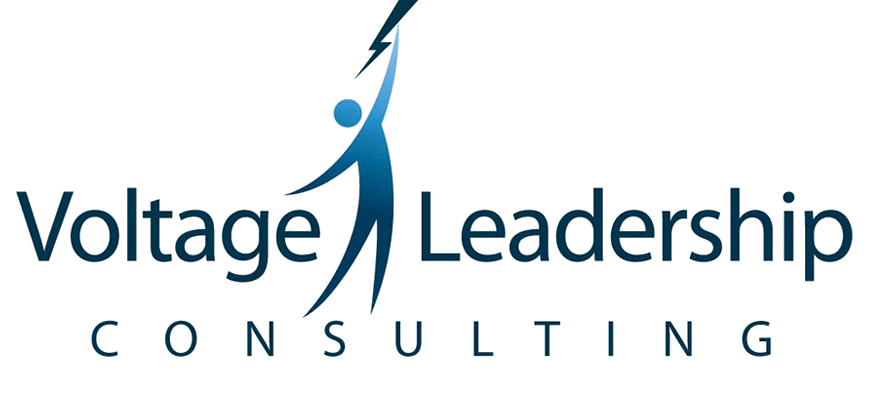Writing the Second Act: A Retention Parable
The Scene Is Set
“I need something different,” the leader tells me, an edge of frustration in their tone.
On another day, in another conversation I hear:
“This team isn’t bringing what I need to be successful right now” or
“ ______ does not have what we need to stay relevant in our market.”
Most of the time, the person or team in question has previously been a critical contributor.
Now what is surfacing is evidence of the dissonance between a once-successful key player and an organizational leader.
What is called for is a candid conversation about the organization's changing needs, and an exploration of the willingness of the employee in question to learn a new approach, grow new skills, and refocus their attention to successfully meet the next phase of the business’s needs.
Most of the time this conversation does not occur.
Instead there is silence.
Observation.
Frustration mounts, as the leader continues to see evidence that their assessment is correct: this person is not going to move the group forward.
Eventually, if the conversation takes place, it has been put off for so long that when it takes place it occurs at the outset of a separation process between the company and a formerly key contributor.
So much is lost because of the silence.
Lack of Communication: the Tension Rises
Here is what is happening internally with the employee, on the other side of that leader’s frustration:
“What is happening here?”
“I used to be successful. I am doing the same thing, and no one sees or appreciates my work anymore.”
Fear rises. Frustration and confusion reign.
These feelings begin to inhibit the performance of the employee.
The Untold Story: What is Happening
Why? Because fear and anxiety cause our bodies to dump a chemical cocktail into our bloodstream, inhibiting our strategic thinking. The cortisol our bodies produce when we are anxious and afraid keeps our brain from accessing its pre-frontal cortex, our executive brain. Strategy withers. Fear reigns. And so performance begins to fall.
Little by little, the leader’s assumptions about the employee’s capacity are “proven.” Performance coaching begins and an exit strategy is created by one or both parties.
Writing a Retention Story
There is another way to write this story.
It begins with a conversation.
Not one about you and your performance and me and my needs. This conversation begins with a mutual exploration of a changing organizational and competitive landscape.
The Importance of an Intermission
Intermission. It is the time between Act 1 and Act 2. During this time the audience gets up, stretches their legs, and finds the bathroom, while the stagehands and actors madly prepare for the Second Act.
Great performers need an intermission with their leaders. A time set aside for a conversation that explores and celebrates was has happened up until now and looks ahead at what is needed next to prepare for what is yet to come.
The Intermission Conversation
The Intermission Conversation is a conversation in 3 parts:
Part 1 What just happened?
· Review the accomplishments and successes. Celebrate!
· Share what you both had hoped would go differently, and which experiences you treasure.
Part 2 What’s happening out there effects what is happening here.
· Explore the current and approaching competitive landscape is explored.
· Acknowledge the reality that the company is different and the marketplace is moving rapidly.
· Ask: What will it take for us to continue to be successful, keep up and remain relevant?
Part 3 What’s next?
· Recognize that was then, this is now. Changes must be made for success to be sustained.
· Compare the current and approaching landscape vs. what the landscape was like when we had past successes. In this conversation past successes are reviewed and compared and contrasted with the current competitive landscape and current cultural context in mind.
· Plan for the future: What does the continued success of the business require next?
The Second Act
This Intermission Conversation allows leaders and team members to reflect on what has been, to look ahead strategically, and to realign expectations going forward. It celebrates what has been, yes. More importantly, it honestly acknowledges that the success in the future will be brought by different strategies, actions, projects and priorities that this season. Naming that allows people to see clearly that ongoing success requires ongoing re-orientation for everyone.
When we take time to have an intermission conversation, people can come back to their seats, ready for the second act. Yes, sometimes, people will realize this show is not for them. But most people simply need a moment to get up, walk around, and think about what might come next. Then they can settle down, and get ready to enjoy the Second Act of the show.
Retaining seasoned, successful team members takes time and attention… but not loads of time. Usually short intermission conversations will do.
Let me assure you, the investment of that short, meaningful conversation is worth the reward it reaps: long term, engaged, seasoned and successful employees who feel valued and who understand where the business needs to go next, how they can contribute, and why what they have accomplished so far matters.
Who on your team do you need to have an Intermission Conversation with?
What will it means for your future success if that conversation goes well?
I hope you take the time to get that conversation on your calendar today.
